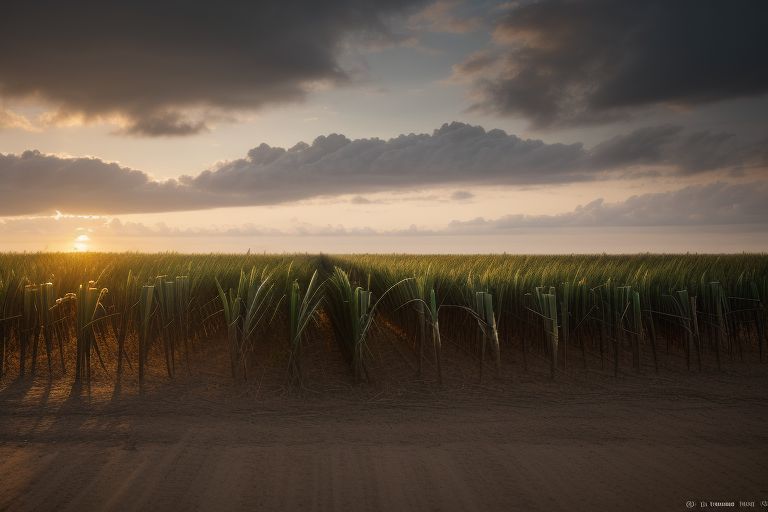In an unexpected but welcome development for the agricultural sector, sugar cane production has seen a remarkable increase of 17% in the year 2024. This growth has not only boosted the economies of major sugar-producing countries but also ignited discussions about sustainable agricultural practices and their long-term impacts. This article dives into the factors contributing to this surge, its implications on both a micro and macroeconomic scale, and the challenges and opportunities that lie ahead.
The Dynamics of Sugar Cane Production
Sugar cane, a perennial grass originating in South Asia, is now cultivated in over 120 countries and significantly contributes to global economic vitality. It is primarily grown in tropical and subtropical regions, with Brazil, India, China, and Thailand leading the charge in production. The crop is pivotal not only for sugar production but also for ethanol, molasses, and as a renewable energy source.
Growth Factors in 2024
The 17% increase in sugar cane production in 2024 can be attributed to several critical factors:
- Advanced Agricultural Techniques: Innovations in agronomy, including genetically modified crops that are more disease-resistant and yield more sugar per hectare, have played a crucial role.
- Climatic Conditions: Favorable weather patterns, particularly in Brazil and India, have resulted in better crop yields.
- Government Policies: Increased subsidies and supportive policies for farmers, including minimum price guarantees, have encouraged higher production levels.
- Expansion of Arable Land: Some countries have expanded their arable land dedicated to sugar cane cultivation, driven by higher market demand.
Economic Impact
The economic implications of this increased production are profound. Countries heavily reliant on agriculture have seen a boost in their GDP and a reduction in unemployment rates. Moreover, the sugar trade has impacted global markets, stabilizing sugar prices and influencing trade policies.
Local Economies
For local economies, the increase in sugar cane production has led to job creation not only in farming but also in ancillary industries such as transportation, machinery, and processing. This economic stimulus is particularly significant in rural areas, where employment opportunities are often scarce.
Environmental Considerations
While the boost in sugar cane production presents several positive economic outcomes, it also raises environmental concerns. Increased cultivation often leads to deforestation, soil degradation, and water resource depletion. The use of pesticides and fertilizers in large quantities can lead to water pollution and affect biodiversity.
Sustainable Practices
To address these challenges, many producers are turning to more sustainable practices:
- Precision agriculture techniques that optimize pesticide and fertilizer use.
- Crop rotation and intercropping to maintain soil health.
- Water-efficient irrigation systems such as drip irrigation.
Future Outlook
Looking forward, the sugar cane industry faces both opportunities and challenges. The global demand for biofuels is expected to rise, which could further boost sugar cane production. However, balancing economic benefits with environmental sustainability will be crucial.
Technological Innovations
Technological advancements are likely to play a pivotal role in shaping the future of sugar cane production. From biotechnology to automated harvesting systems, technology could address many of the current challenges faced by the industry.
Conclusion
The 17% increase in sugar cane production in 2024 marks a significant development in the agricultural sector. While it has bolstered economies and provided numerous opportunities, it also necessitates a careful consideration of environmental impacts. The future of this industry will heavily depend on the integration of sustainable practices and technological innovations to ensure that growth is not only economically beneficial but also environmentally responsible.







